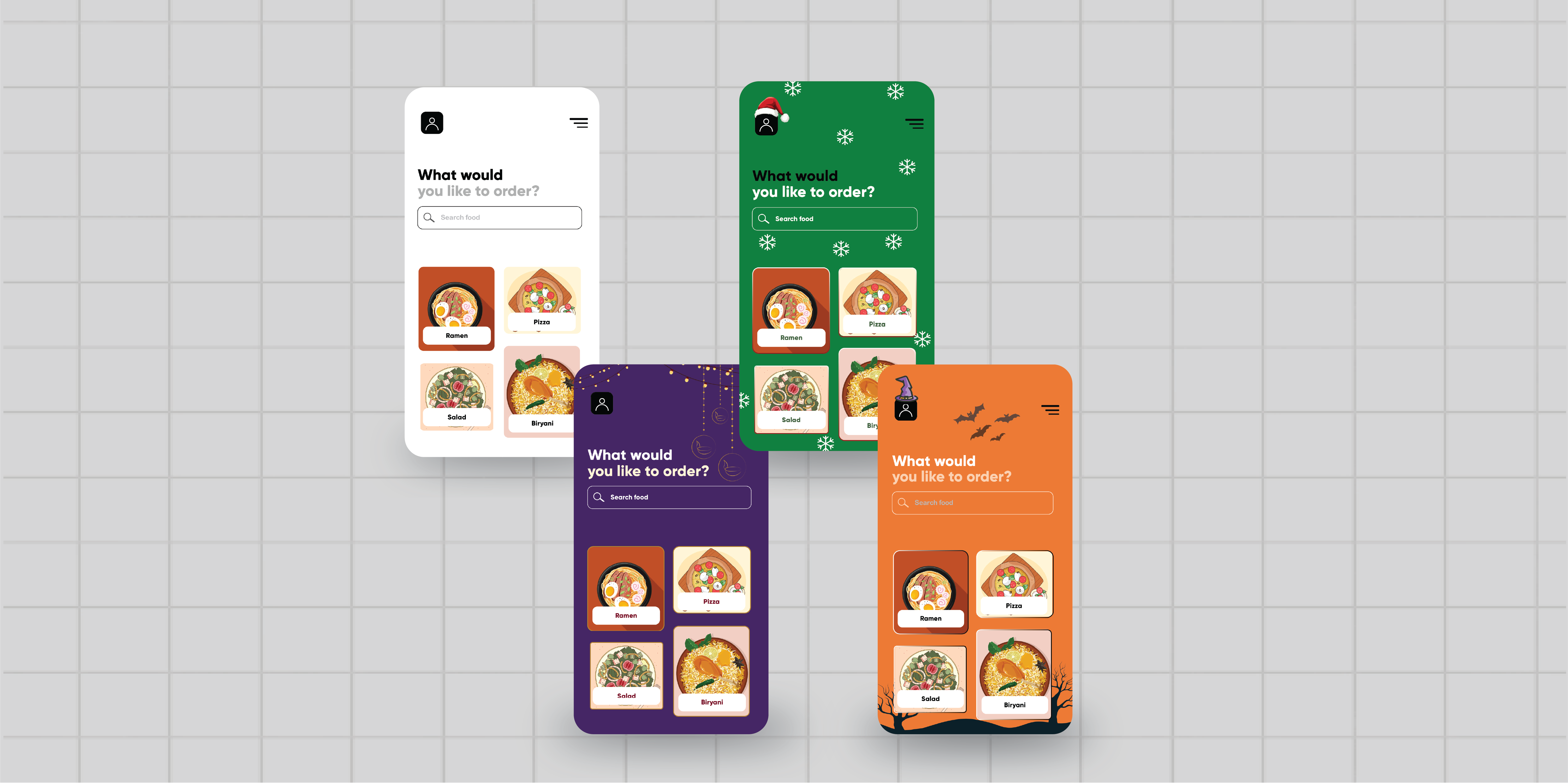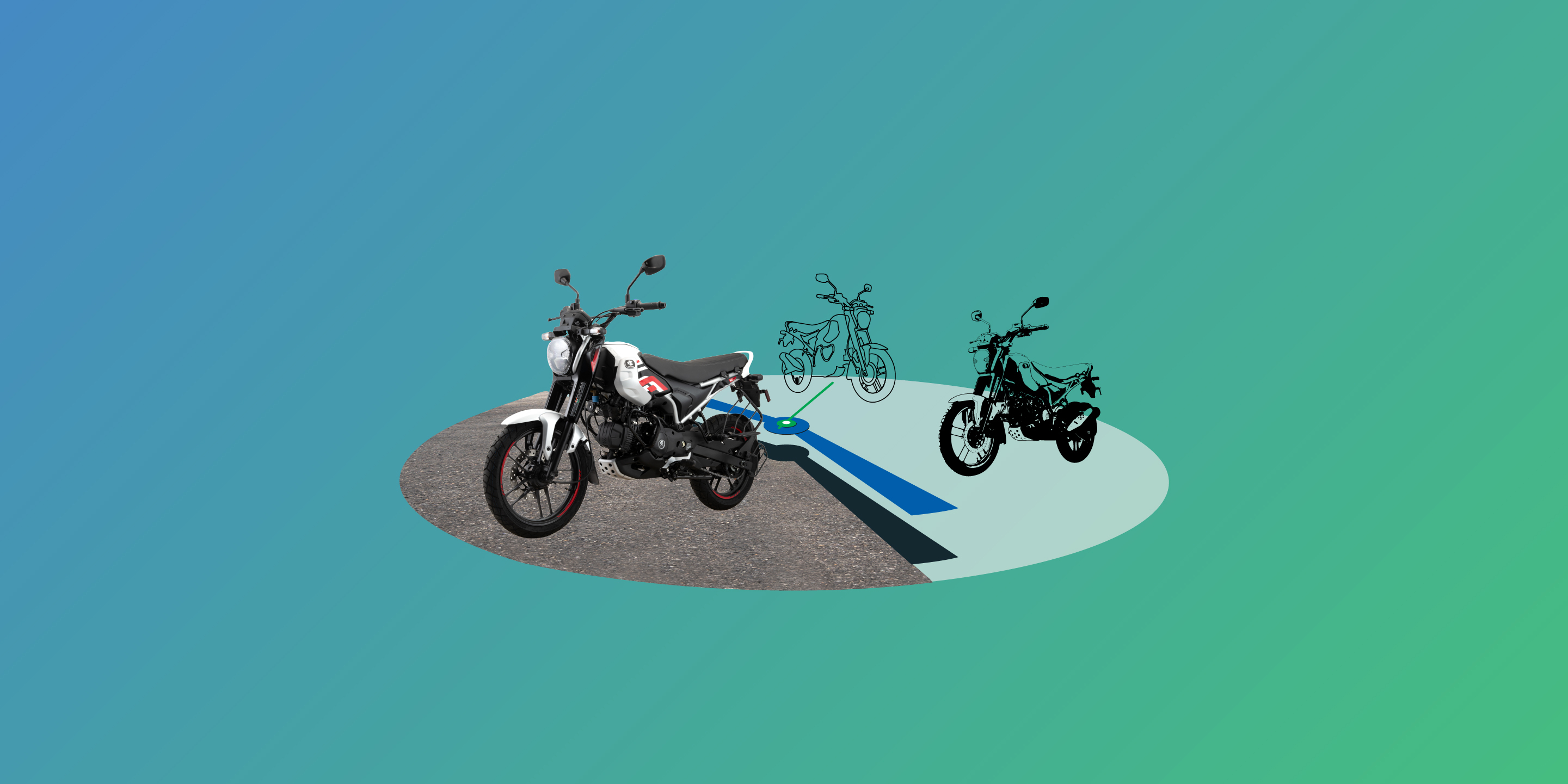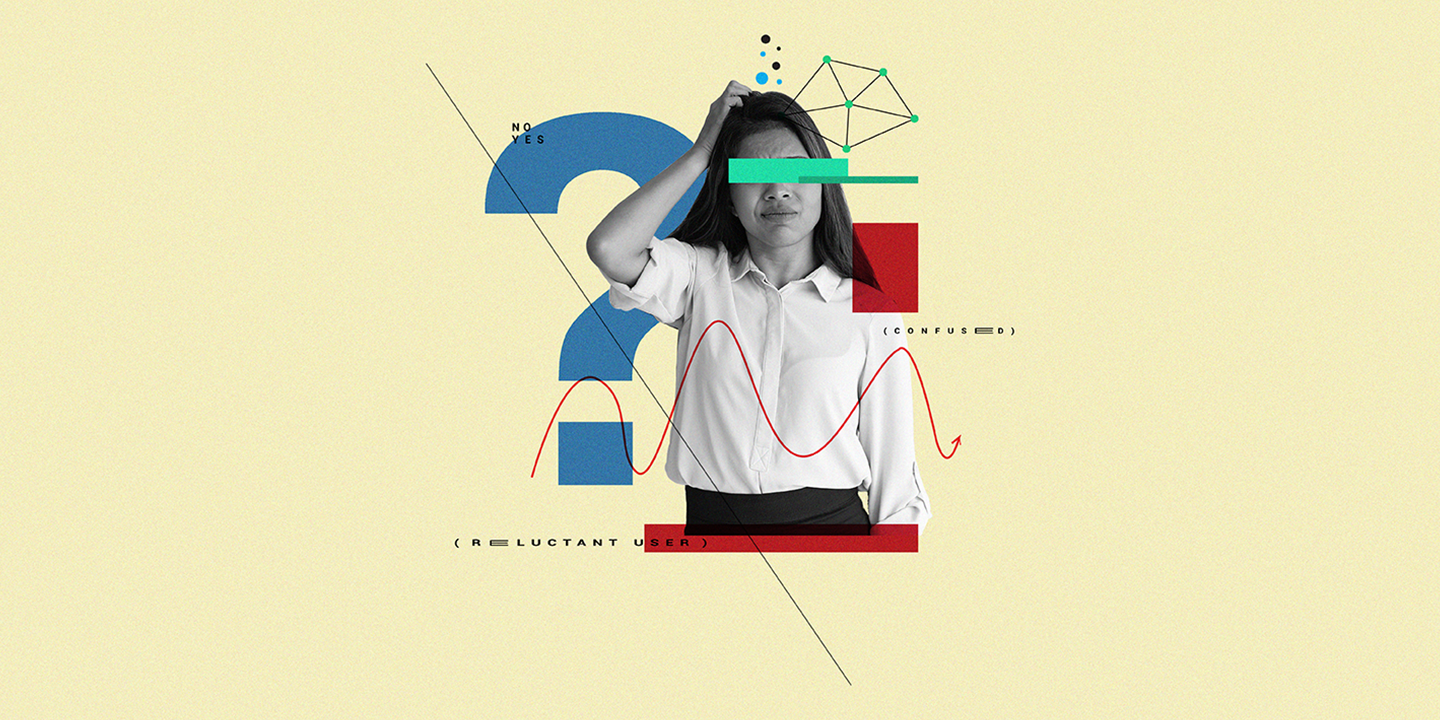Visual communication design: Expressing through visuals and words
Akshata Naik
01 Dec 2025

We've all heard the phrase, "A picture is worth a thousand words," and it couldn't be more true. Visual representation of complex information has always made understanding easier, and in today's digital age, data visualization tools like graphs, charts, and diagrams have simplified it even further. This is the essence of visual communication.
Visual communication design is all about conveying crucial or complex information through visuals or graphics, making it more accessible and easier to grasp. Visual communication design is the art of using visuals like images, icons, colors, typography and layouts to share information clearly and effectively. It helps make complex ideas simple and easy to understand. From website designs and social media graphics to infographics and signage, visual communication enhances how people interact with content. Good visual communication not only makes designs look appealing but also ensures they are functional, accessible, and engaging. It’s about telling a story, solving problems, and making information visually memorable. In this blog, we’ll explore how effectively incorporating visual communication in user interface design can significantly enhance the user experience for your audience.
Improves user engagement
Imagine two books, one filled with dense text from cover to cover and another that combines well-placed images and graphics to illustrate the content. No prizes for guessing which one will hold your attention longer. Similarly, websites that strike the right balance between visuals and text tend to keep users engaged for extended periods. With compelling visuals, you can also guide users toward features or services they might not have explored otherwise. A well-designed visual experience ensures users stay on your website or app longer, ultimately leading to higher conversions.
Guides user navigation
Good visual communication design plays a crucial role in guiding users through a website or app effortlessly. Clear layouts, well-placed icons, and intuitive navigation elements help users find what they need without confusion. When buttons, menus, and CTAs (Call-to-Actions) are visually distinct, users naturally know where to click next.
Color contrast, typography, and imagery also contribute to a seamless experience. For example, using a bright color for important buttons makes them stand out, encouraging users to take action. Similarly, directional cues like arrows or progress indicators help guide users step by step.
When information is visually structured, users don’t have to think twice about their next move. A clutter-free design ensures they can browse comfortably, while engaging visuals maintain their interest. Thoughtfully placed elements not only improve usability but also create a smooth journey, making it easier for users to complete actions without hesitation.
Improves readability
Good visual communication design plays a huge role in making a website or app easy to read and navigate. Imagine landing on a page filled with nothing but long paragraphs of text, it feels overwhelming, right? But when the content is broken up with headings, icons, images, and well-structured layouts, it becomes much easier to scan and understand.
Using the right fonts, colors, and spacing also improves readability by reducing eye strain and guiding users smoothly through the content. Visual elements like infographics and charts can simplify complex information, making it more digestible.
A well-designed website or app doesn’t just look good, it helps users find what they need quickly, keeps them engaged, and encourages them to explore more. When people can easily read and understand your content, they’re more likely to stay on your platform, leading to better user experience and higher conversions.
Faster information processing
In industries like fintech and healthcare, users often encounter complex processes that can be difficult to understand. When information is not presented clearly, it can lead to frustration and higher bounce rates. This is where strong visual communication, such as infographics and illustrations, plays a crucial role. By breaking down intricate procedures into easy-to-digest visuals, businesses can help users grasp important information quickly and confidently.
This not only improves comprehension but also fosters trust and engagement. Additionally, visuals save users valuable time and effort by eliminating the need to sift through dense text. Clear visual communication not only enhances understanding but also saves users valuable time and effort. After all, a seamless experience is always the goal, right?
Higher retention rates
When a website is visually appealing and structured well, it captures attention and encourages users to stay longer.Using illustrations, explainer videos, and interactive graphics can simplify complex ideas, making the content more accessible and enjoyable. Aesthetic consistency, such as maintaining a uniform color scheme and typography, builds trust and reinforces brand identity. Additionally, visuals help evoke emotions, making the browsing experience more personal and memorable.
Visual storytelling also creates an emotional connection, making the experience more memorable. Additionally, intuitive navigation and strategically placed call-to-action buttons guide users seamlessly through the site, reducing frustration and improving the overall user journey. Websites that prioritize strong visual communication not only leave a lasting impression but also encourage repeat visits and interactions. By simplifying information and making content more engaging, businesses can enhance user satisfaction and boost retention rates, ultimately leading to better conversions and customer loyalty. If you’re looking to elevate your user experience and create moments that truly delight your customers,Lemon Yellow LLP, one of the best UI UX agencies in mumbai is here to help. Contact us today!







